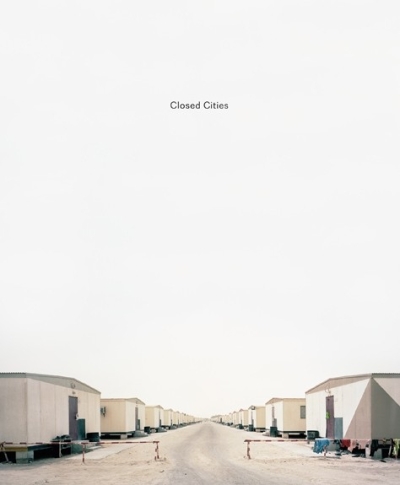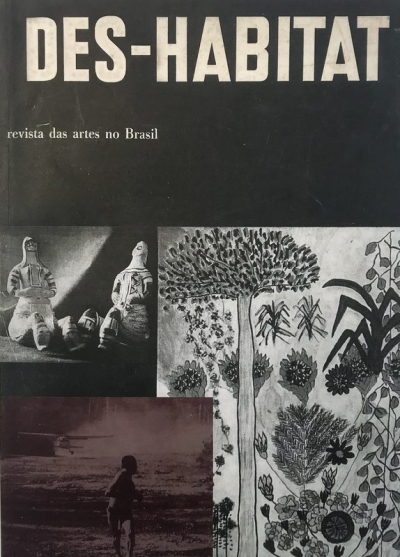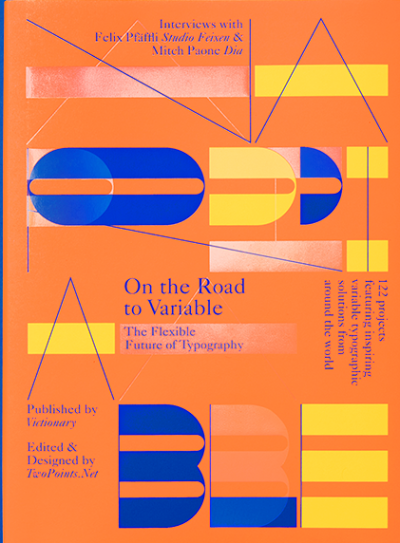
Closed Cities
In his impressive photo series Gregor Sailer examines the forms taken by closed cities in Siberia, Azerbaijan, Qatar, Chile, Algeria / Western Sahara and Argentina. The term »closed city« was originally coined for the Soviet Union, where, for various reasons, the existence of numerous towns was long kept secret. Some of them were not officially »opened up« and added to maps until the early years of this century.
Even today, there are still artificially created urban zones across the globe that are hermetically sealed off from the outside world either by walls or by the hostile landscape that surrounds them. These might be places where raw materials are extracted, military sites, refugee camps – or gated communities for the affluent. Such time-limited forms of urban settlement strik ingly illustrate the turning point humanity is facing at the beginning of the 21st century in view of dwindling resources, moral decline, climate change, political conflicts and the yearning for unqualified security.
Der österreichische Fotograf Gregor Sailer untersucht in seiner beeindruckenden Serie geschlossene Stadtformen in Sibirien, Aserbaidschan, Katar, Chile, Algerien / Westsahara und Argentinien. Der Begriff der »geschlossenen Stadt« ist ursprünglich auf die Sowjetunion zurückzuführen, wo zahlreiche Geheimstädte existierten, bevor sie, zum Teil erst Anfang dieses Jahrhunderts, offiziell »geöffnet« und auf andkarten verzeichnet wurden.
Doch auch heute gibt es überall auf der Welt noch künstlich geschaffene urbane Zonen, die entweder durch Mauern oder auch nur durch die sie umgebende lebensfeindliche Landschaft hermetisch von der Außenwelt abgeriegelt sind. Es sind Orte der Rohstoffförderung, Militäranlagen, Flüchtlingslager oder aber »Gated Communities« für Wohlhabende. Diese zeitlich begrenzten urbanen Siedlungsformen repräsentieren auf prägnante Weise die Zeitenwende, in der sich die Menschheit Anfang des 21. Jahrhunderts befindet: schwindende Ressourcen, Werteverfall, Klimawandel, politische Konflikte oder das Bedürfnis nach uneingeschränkter Sicherheit.
Gregor Sailer (*1980 in Schwaz, Tirol) arbeitet als freier Fotograf. Er hat international ausgestellt und veröffentlicht, seine Arbeiten befinden sich u. a. im Fotomuseum Winterthur, Ferdinandeum, Sammlung Land Tirol, Belvedere Vienna, Österreichische Staatsgalerie, Kunsthalle Wien, Ursula Blickle Stiftung, Museum der Moderne Salzburg.
Autoren: Margit Zuckriegl, Walter Moser, Wencke Hertzsch
Künstler: Gregor Sailer
out of print

































































































